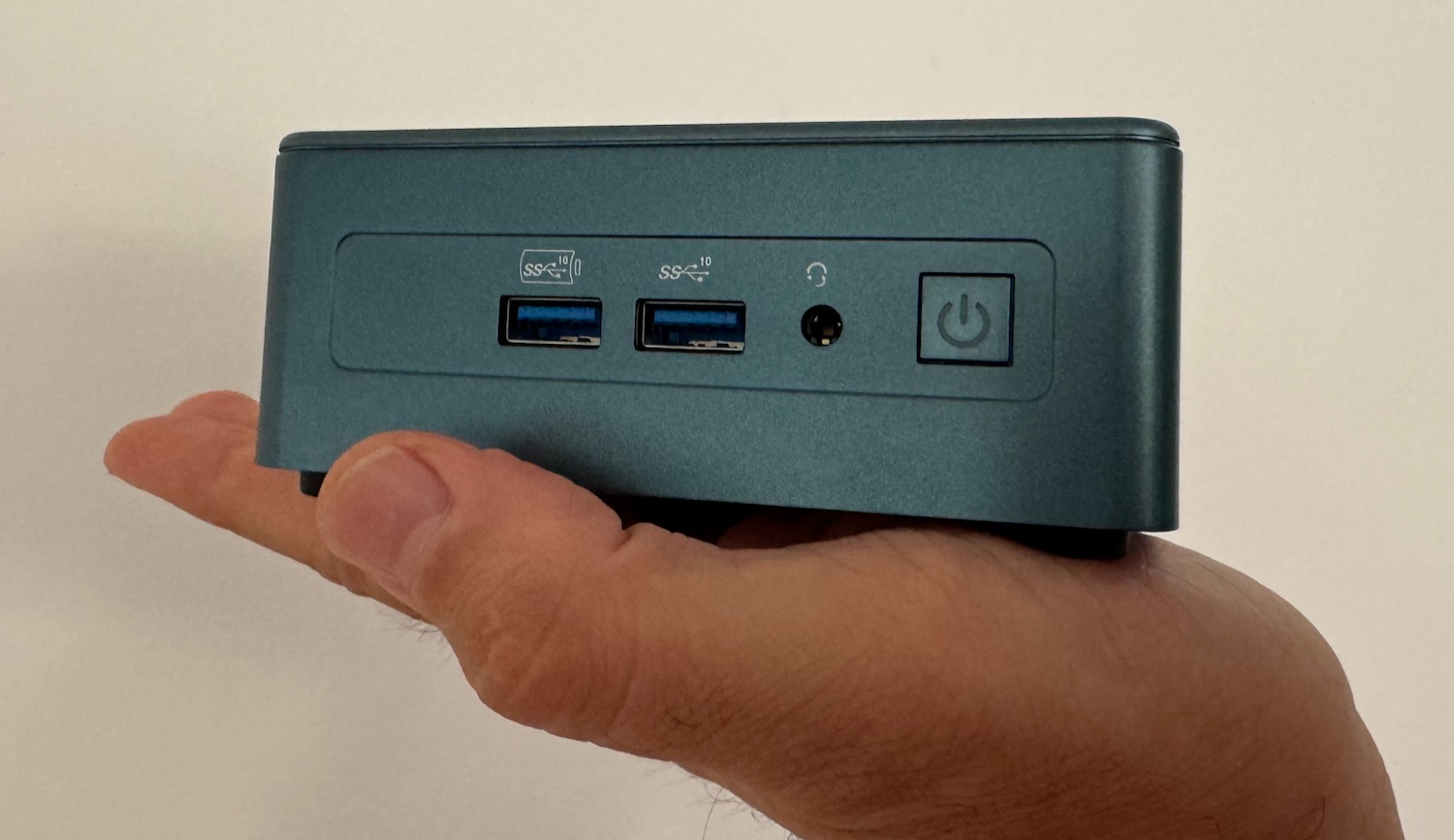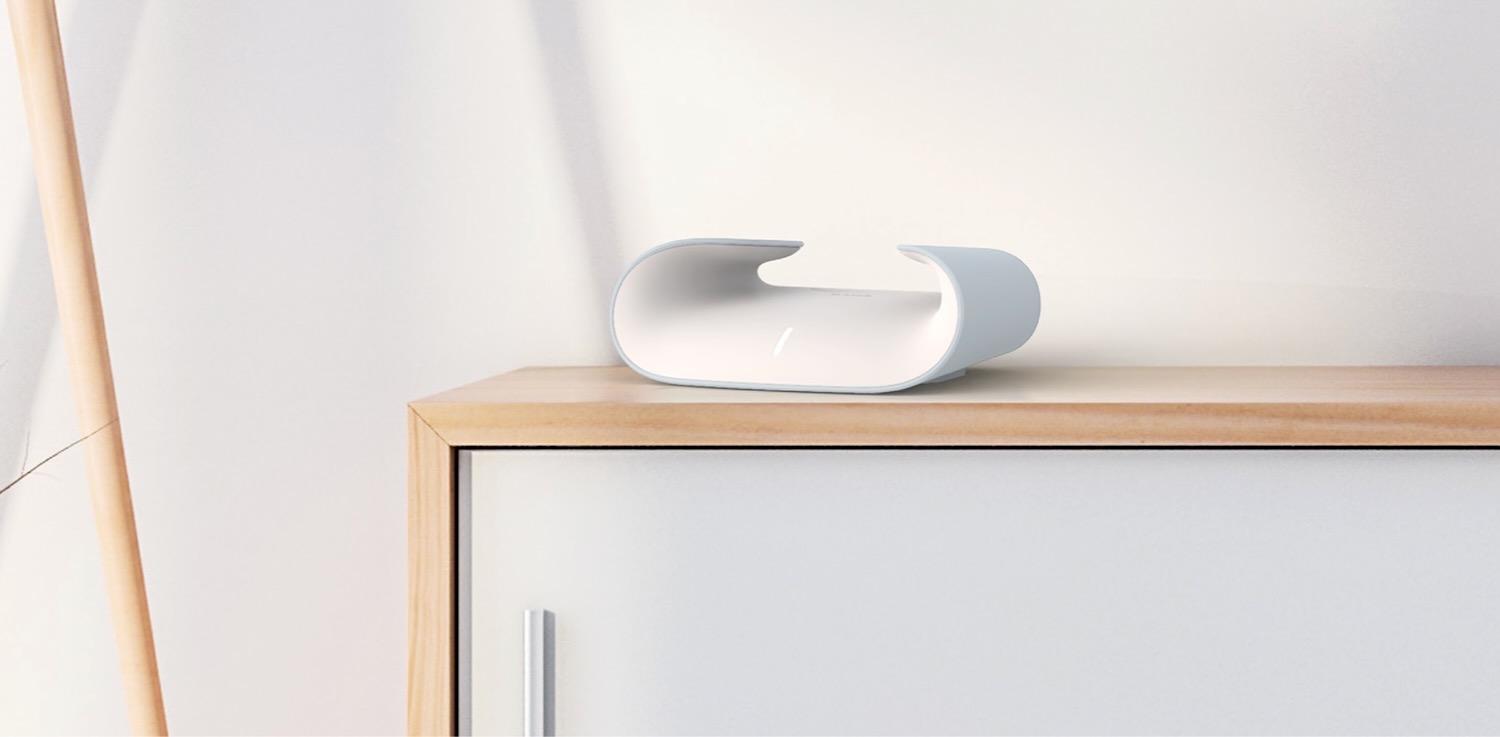There are tons of options to choose from in the 1440p gaming monitor market, and for PC gamers not using the latest high-end GPUs, this category remains an excellent compromise for playing at high refresh rates without going 4K, which does require a ton more horsepower.
Since our last update to this guide a few months ago, even more OLED options have become available, and a few new interesting budget-friendly products have appeared, in addition to a general pricing adjustment across the board.
As usual, our best monitors guide is centered around the displays we’ve personally tested and know to be good, or monitors that are very similar (use the same panels), and thus are quite close to the products we have tested. It’s always worth going back and checking out the dedicated monitor reviews we produce for more in-depth thoughts on each product.
Because we cover monitors (and in particular gaming monitors) quite extensively, you can also check out other buying guides for 4K gaming monitors, productivity monitors, and the best OLED displays.
- Best Value 1440p HDR
AOC Q27G3XMN 27″
- Best Budget 1440p SDR
LG 27GL850 and MSI G274QPF-QD
Price: $246 - Premium OLED 1440p Gaming
MSI MPG 271QRX and Alienware AW2725DF
Price: $799 - Budget High-Refresh 1440p
MSI G274QPX and LG 27GR83Q
Price: $355
Best Value 1440p HDR Gaming Monitor
AOC Q27G3XMN 27″
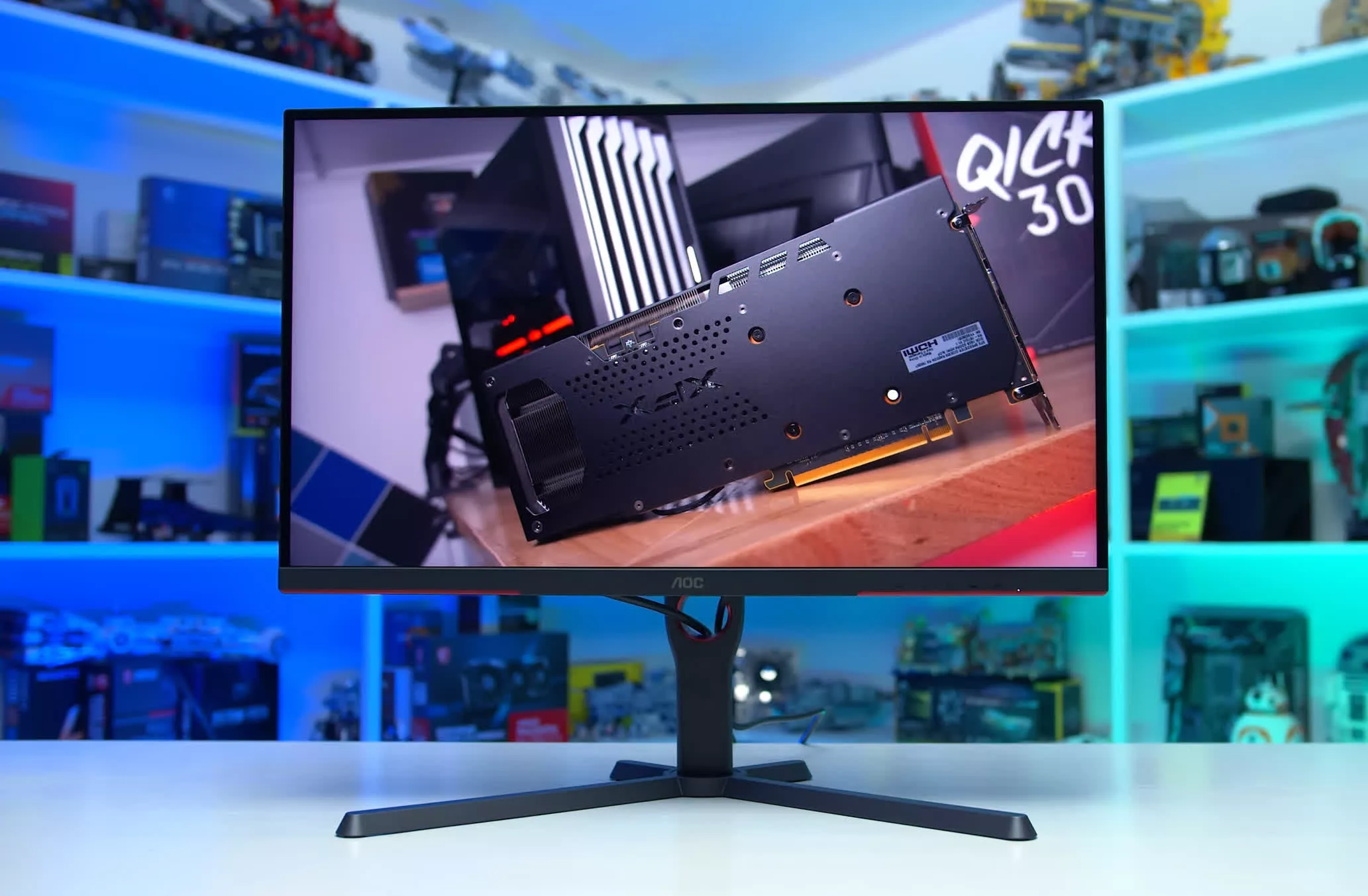
Until recently, there was a clear split between entry-level, bang-for-buck SDR monitors and higher-cost 1440p HDR monitors. That differentiation is no longer there, thanks to the introduction of new 1440p LCDs with mini-LED backlights and true HDR functionality, effectively bringing HDR experiences to buyers with less than $300 to spend.
With this shift taking place, some of the products that used to dominate the entry level are no longer the best at these price points. With that in mind, it’s clear that the best value offered in a 1440p 144Hz monitor is the AOC Q27G3XMN.
The AOC offers a 27-inch 1440p VA LCD at 180Hz with a decent 336 zone full array local dimming backlight, providing true – though entry-level – HDR hardware capabilities. And you’ll get all of that for around $280, which is an astonishingly low price point.
There are huge benefits to this hardware configuration for HDR gaming. This AOC monitor is able to deliver much tighter dimming relative to most other LCDs at this price, a better contrast ratio in real-world content, richer blacks and shadows, and a high peak brightness that exceeds 1,000 nits. And this is complemented by a 1440p panel at 180Hz which is still quite decent for today’s games and is another example of how HDR doesn’t need a 4K resolution to be good. Of course, we’re not seeing a flagship high-end experience from 336 zones; there can be issues with blooming and so on, but it absolutely outperforms the LCD competition at a similar price.
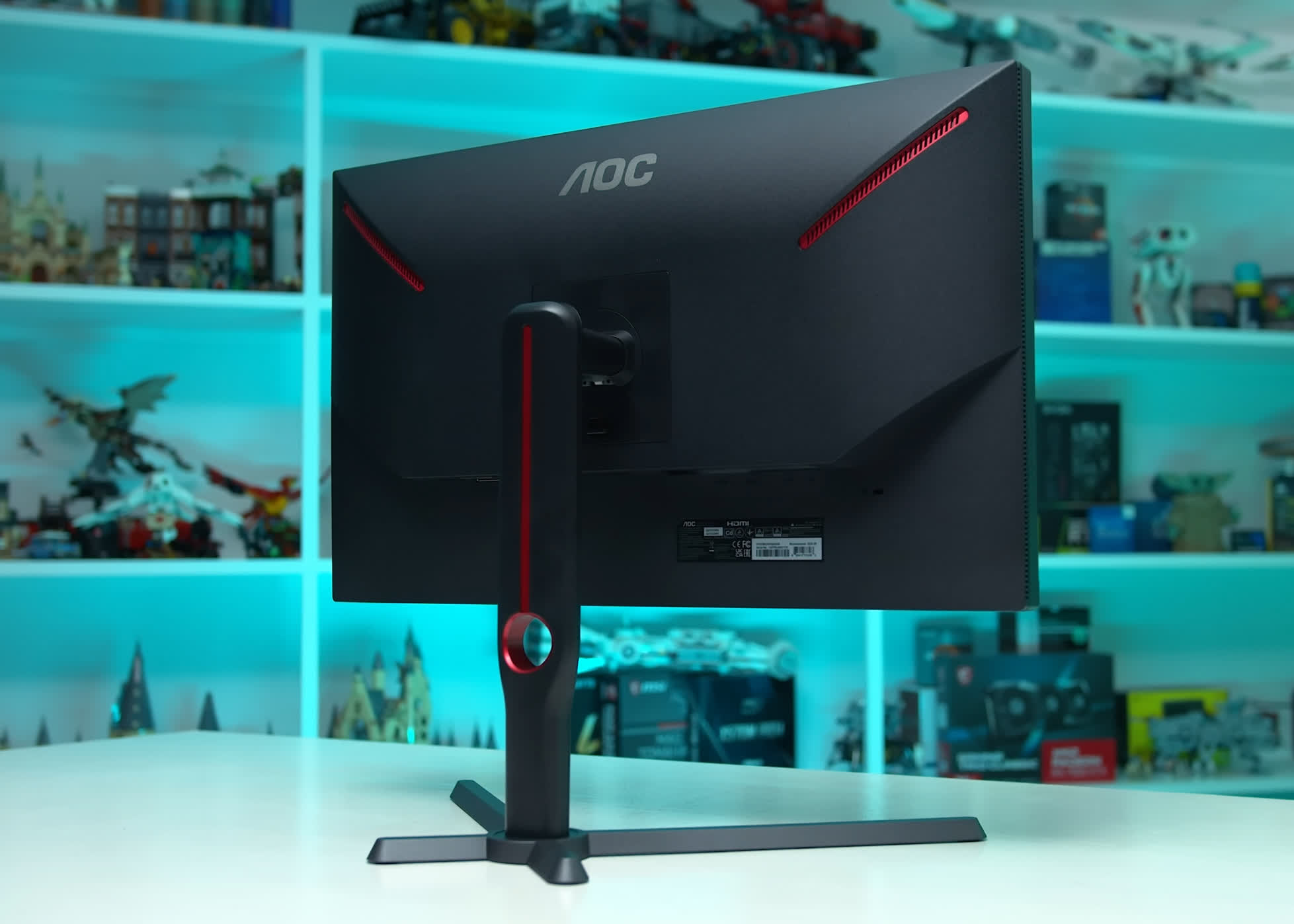
Most other low-cost HDR monitors we’ve tested have had heaps of issues, like shockingly bad firmware that doesn’t allow you to easily switch between the SDR and HDR modes, or busted calibration that makes the monitor nearly unusable. None of these things are an issue on the AOC model, although there can be minor issues with scanlines and backlight zone flicker.
Motion performance is pretty acceptable too from a VA LCD, delivering the best tuning we’ve seen from a non-Samsung implementation. Dark level smearing isn’t fully eliminated but not too problematic, and response time speed ends up similar to some other budget IPS LCDs. It’s not a fast monitor by any stretch, but it does a good enough job that it’s not a dealbreaker for those who want an affordable true HDR monitor.
The main issue with this monitor usually comes down to availability: it can be hard to find, and I’m sure now that it’s appeared here it could be even harder. In the US, it’s usually available from time to time, but good luck getting one in Australia without importing it, which makes no sense. This is a great product; it should be available everywhere. Get on it, AOC.
For just $280, we would recommend the AOC Q27G3XMN to most gaming monitor buyers looking for a something priced below $300. We would also recommend it to people after a budget 1440p display in general, or to those wanting a budget HDR display. There are a few categories that this monitor satisfies, which is why we give it a strong recommendation.
Best Budget 1440p SDR Gaming Monitor
LG 27GL850 and MSI G274QPF-QD
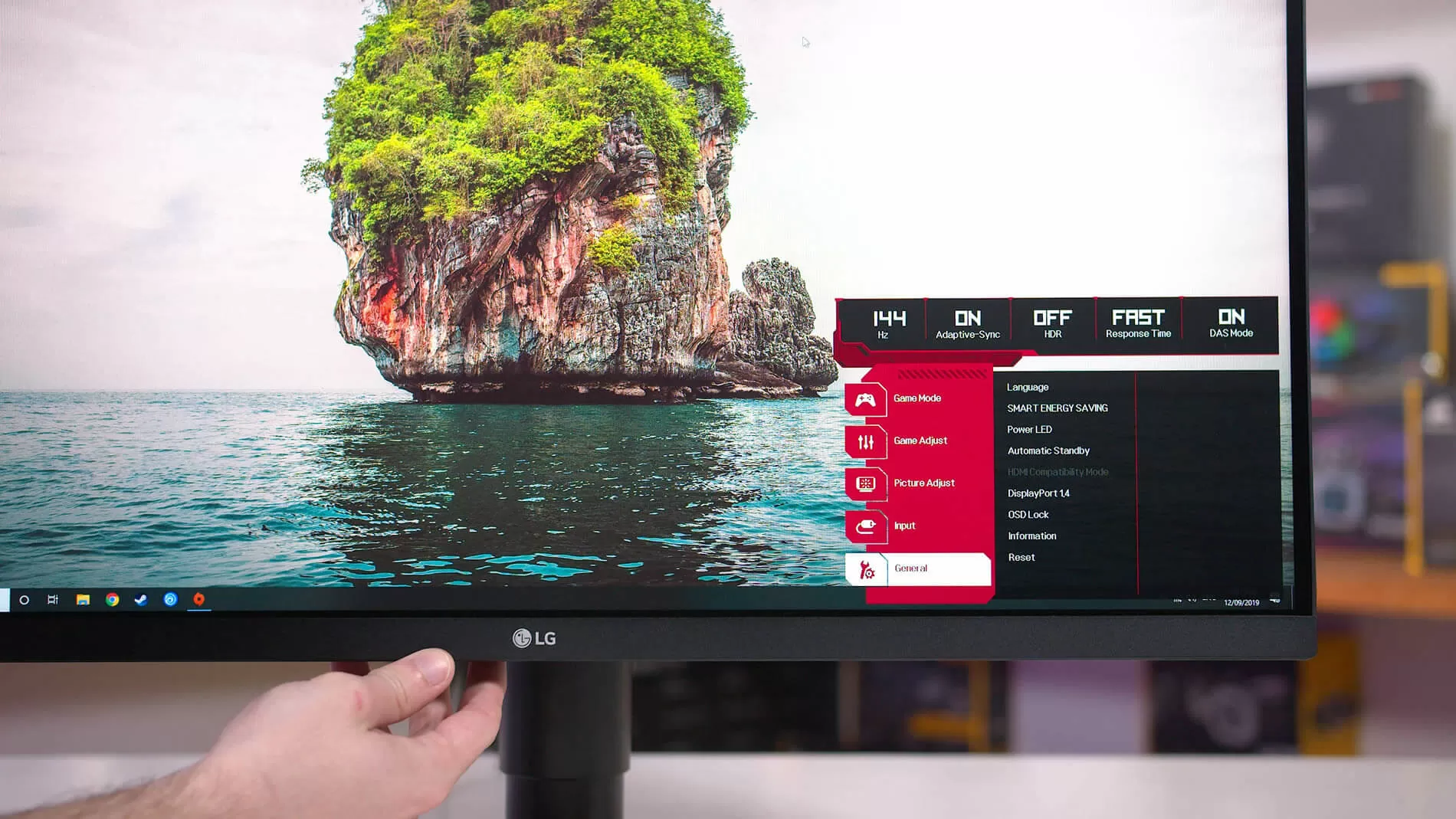
$246 on Amazon
User Reviews:
Our best value pick, the AOC Q27G3XMN should satisfy most gamers seeking a bang-for-buck 1440p gaming monitor, but there are some circumstances where a display without true HDR functionality may be more appealing. Multiplayer gaming with HDR enabled in general is not so common, because dark shadows and high peak brightness can make some games more difficult to play as enemies are harder to spot. That type of gamer might want to prioritize a great SDR monitor with fast response times, while saving a few dollars where possible, as a lot of budget 1440p monitors now sit at or below $250.
The two products catching our eye at the moment are the LG 27GL850 and the MSI G274QPF-QD, both priced around $250, offering 27-inch 1440p IPS LCD panels, the 27GL850 at 144Hz and the MSI model at 170Hz. It depends on your preferences as to which of these is the better choice.
The LG 27GL850 is slightly faster and a bit better tuned than the MSI, offering around a 20% performance advantage over the AOC Q27G3XMN with little to no dark smearing.
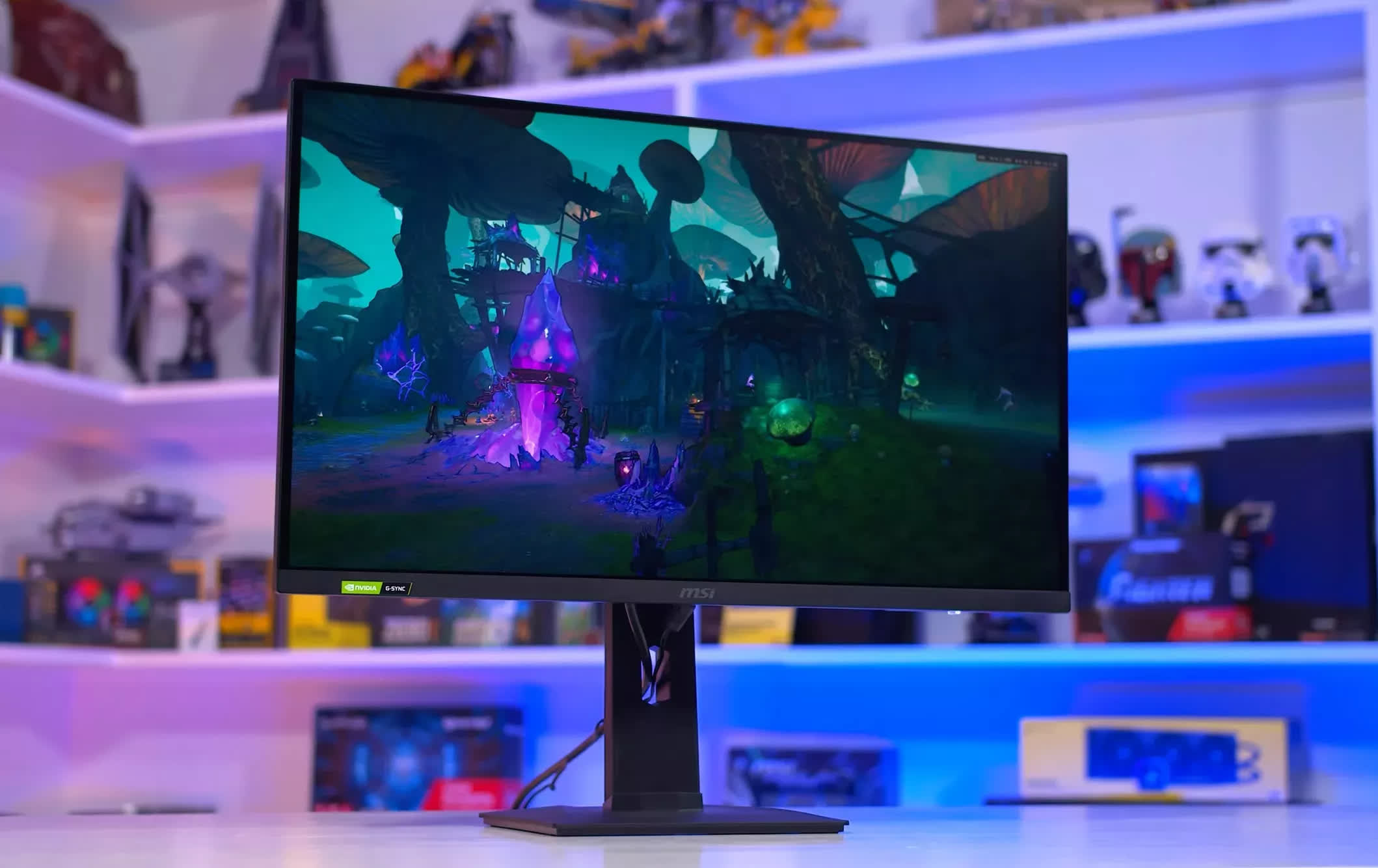
The MSI G274QPF-QD is more like 15% faster, again with no visible dark smearing, also providing a better contrast ratio and wider color gamut compared to the LG. Being IPS LCD monitors, they have excellent viewing angles and no scanline concerns, plus they are both a little cheaper than the AOC.
Of course, the obvious downside is neither the LG nor MSI options offer true HDR hardware capabilities despite what some of the marketing materials say. Opting for these over the AOC model means kissing good quality HDR goodbye.
They’re also just not amazing value at the moment, as we think HDR is definitely worth the $30 premium AOC is asking for. But like we said, there are some reasons why these products might make sense, and as long as you’re not spending any more than about $250 on this type of monitor, we think it’s a somewhat reasonable decision.
Best Premium High-Refresh 1440p Gaming Monitors
MSI MPG 271QRX and Alienware AW2725DF
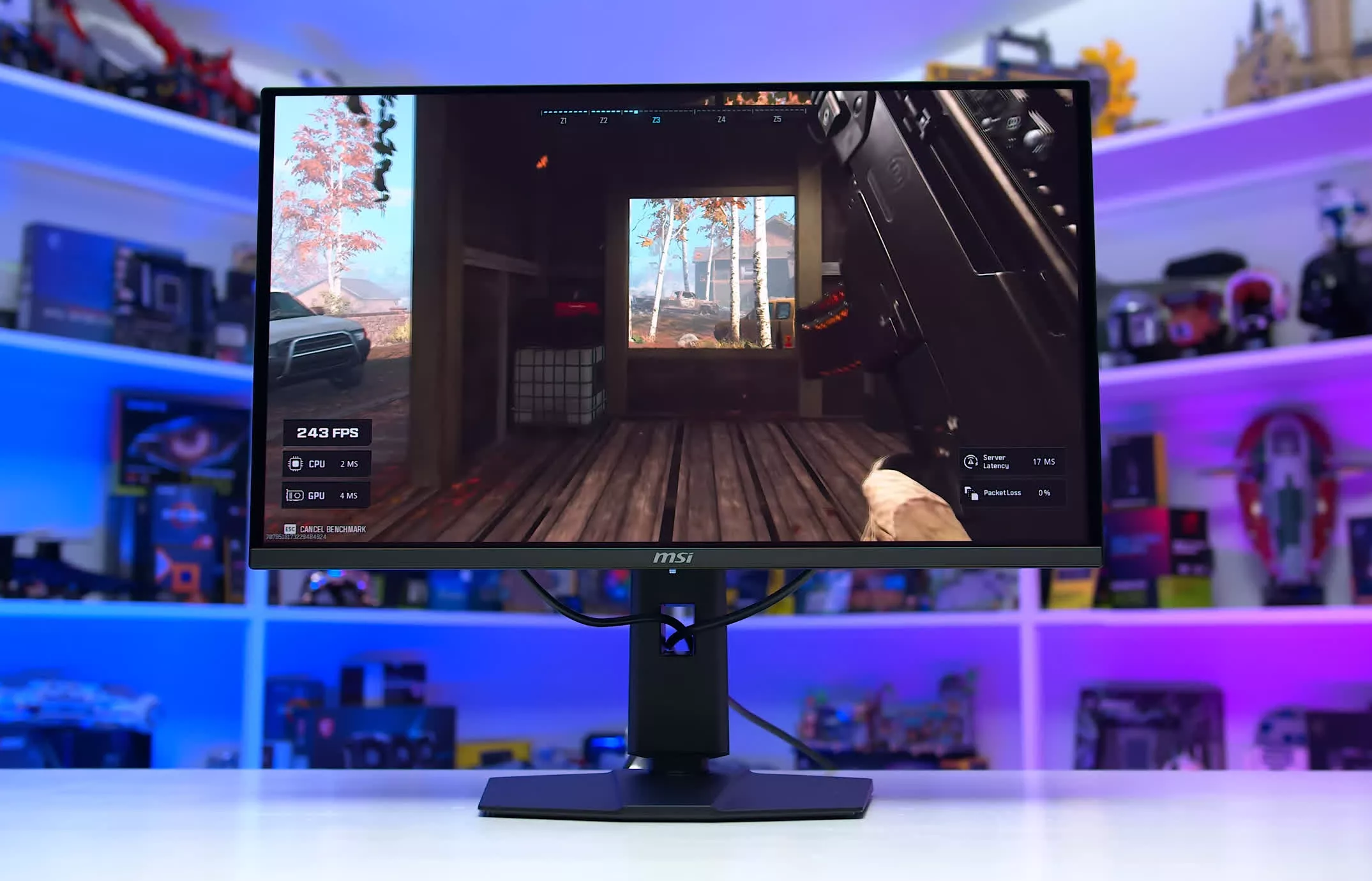
$799 on Amazon
User Reviews:
If you’re after a premium 1440p monitor with a high refresh rate, we think it’s hard to go past one of the latest 360Hz QD-OLED offerings. Not only do these monitors offer elite motion clarity thanks to the combination of a high refresh rate and fast response times, but they’re also generally excellent displays for a variety of gaming needs – including HDR gaming.
So far, we’ve tested two 27-inch 1440p 360Hz QD-OLED gaming monitors, the MSI MPG 271QRX and the Dell Alienware AW2725DF. Both of these monitors are remarkably similar in their overall performance, so depending on pricing and availability in your region, we’re recommending both of them.
Because these are both OLED monitors, you get all the usual benefits of elite response times and per-pixel control. These are super-fast monitors with excellent zero-level blacks, per-pixel local dimming that allows HDR content to look fantastic, and brightness reaching around 1,000 nits peak. Both the MSI and Dell Alienware variants offer excellent calibration, great color quality, and three-year burn-in warranties.
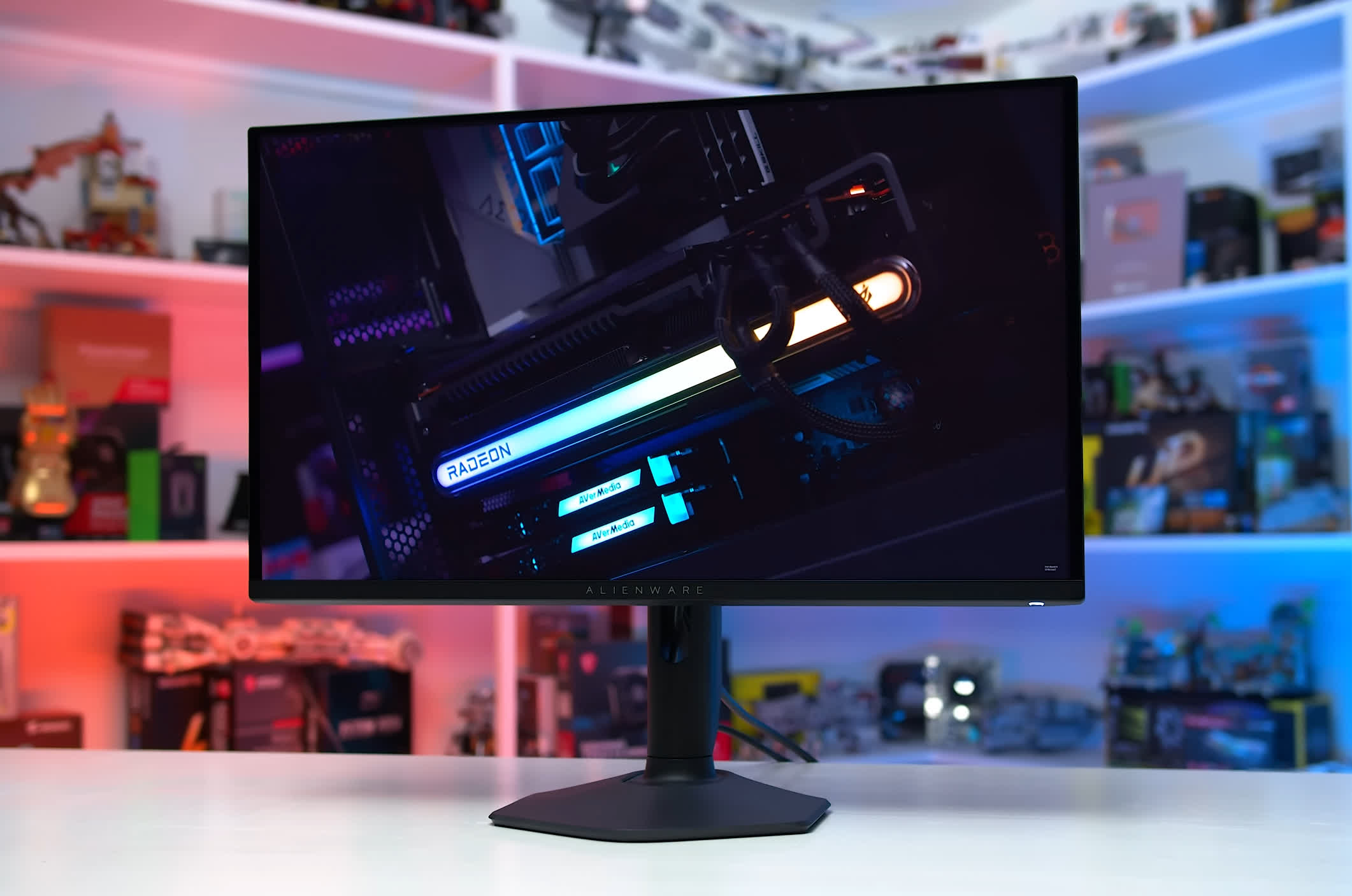
Alienware AW2725DF
The reason why we’re recommending a 360Hz QD-OLED, in particular, is the higher refresh rate of 360Hz, compared to 240Hz for last year’s WOLED alternatives, which leads to better motion clarity, similar to that of a 500Hz LCD.
This leads to the ultimate experience for competitive gamers who want speed but don’t want to sacrifice adaptive sync, viewing angles, or resolution. And on top of that, it ends up being a highly versatile display because of its strong HDR capabilities, ideal for single-player gamers as well. So, no matter the type of gaming you want to do, these 360Hz QD-OLEDs offer an excellent experience.
The other main advantages of going QD-OLED are its superior brightness in HDR mode, better subpixel structure that leads to clearer text, and its glossy screen coating. The coating is a personal preference thing, though; glossy can look better in darker usage environments, but the panel structure of QD-OLED reflects a lot of ambient light in brighter environments, which puts it at a disadvantage compared to matte WOLED screens.
When it comes to choosing between the MSI and Dell variants, the main differences are as follows. The MSI model gets slightly brighter, has proper HDMI 2.1, and packs a USB-C input with power delivery and a KVM switch. The Dell model is better calibrated, has a nicer design in our opinion, and nails HDR/SDR switching. The vast majority of performance characteristics are identical or near-identical between the two, as they both use the same QD-OLED panel, so it’s a toss-up in most situations.
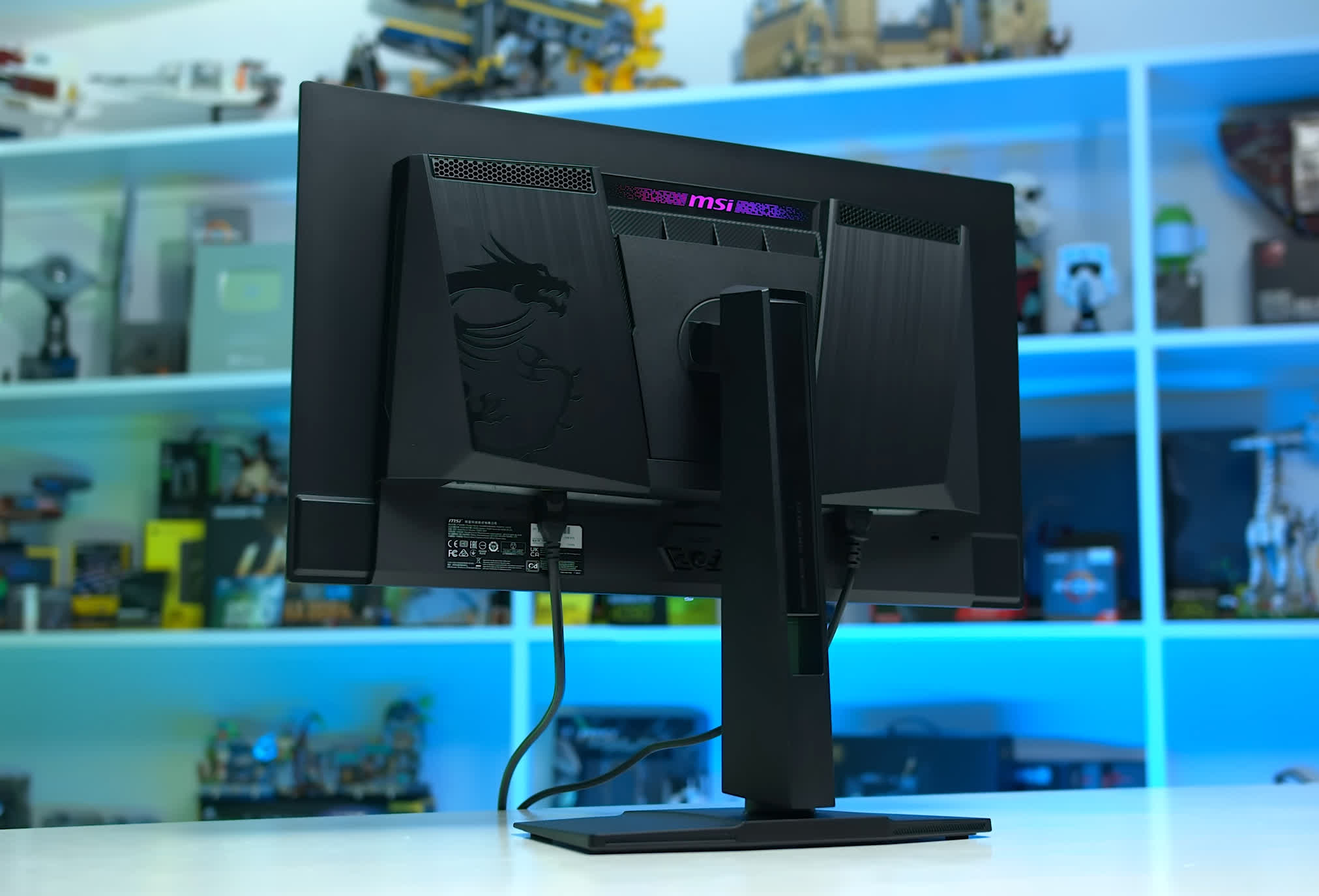
MSI MPG 271QRX
What we would do is get whichever of the two is cheaper in your region. In most cases, that will typically be the MSI variant, which has an $800 MSRP, compared to $900 for the Alienware. Outside the US, the Alienware model is typically cheaper and will be the better buy.
High-Refresh, But Cheaper
Also worth considering are older 27-inch 1440p 240Hz WOLED monitors, which aren’t quite as good as the latest 360Hz QD-OLEDs but are often quite a bit cheaper. The standout option here is usually the AOC Agon Pro AG276QZD, which throughout most of this year has been priced at or below $700. It performs pretty well and of course offers the benefits of OLED, so it’s worth checking out if you can’t quite justify spending $800 or $900 and don’t need the 360Hz refresh rate.
And lastly, while 360Hz QD-OLED is an excellent choice for high-performance competitive gaming, the absolute best of the best motion clarity is still only achievable with an LCD that features backlight strobing.
The Asus ROG Swift PG27AQN is difficult to recommend for regular buyers due to its high price tag and lack of HDR functionality, but it does have excellent ULMB 2 backlight strobing that even outstrips 360Hz QD-OLED in motion. If you specifically need the best clarity and are willing to sacrifice other functionality, it’s worth a look, and these days at $750, it’s not quite as pricey as it once was.
Best Budget High-Refresh 1440p Gaming
MSI G274QPX and LG 27GR83Q
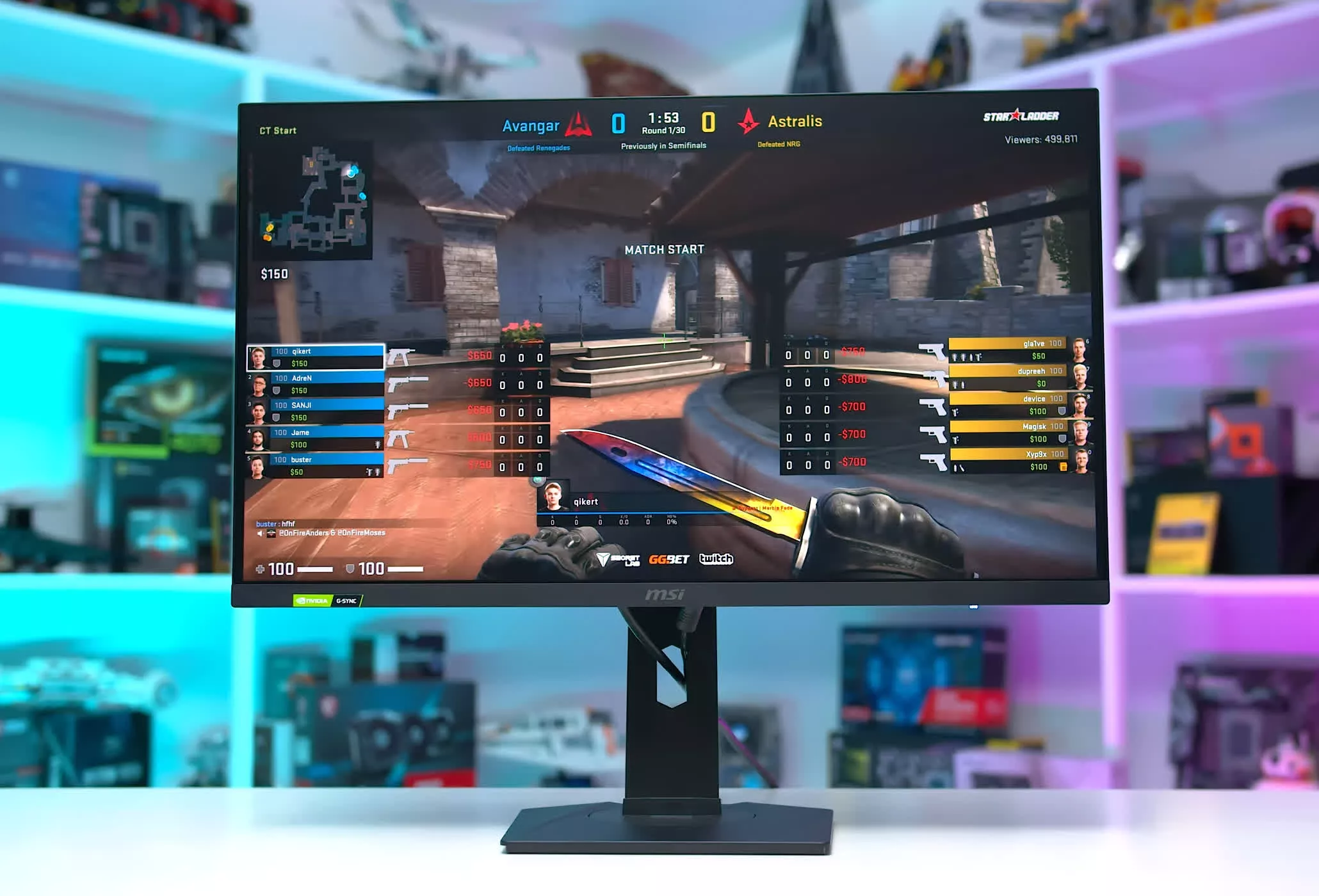
$355 on Amazon
User Reviews:
If you want a 1440p 240Hz monitor but don’t want to spend big money to grab a premium OLED, there’s good news: standard 1440p 240Hz LCD monitors are cheaper than ever. For around $400, you can grab one such monitor that will deliver great motion clarity and lots of future-proofing for multiplayer gaming.
The two options we’d be considering in this class are the MSI G274QPX and the LG 27GR83Q. We’ve seen both of these monitors on sale for $350 or less, although typically the MSI model is cheaper, usually sitting at $350, whereas the LG model jumps between $500 and $350 on a monthly basis; it’s just not worth it at $500, but $350 is a great deal. With these two options currently available, it’s difficult to recommend any 1440p 240Hz monitor above $400. We’ve tested quite a few of them, and they just don’t offer enough additional performance to justify the higher price.
Of these two, the LG 27GR83Q is the superior choice, so if you see both at the same price, the LG model is the way to go. Like the MSI, it’s a 27-inch 1440p 240Hz IPS LCD, but LG offers somewhat better performance and a richer feature set. Motion performance is better tuned on the 27GR83Q, so while both deliver decent speed and a low-latency 240Hz experience, the LG model is slightly better in that department. It also has somewhat better color accuracy and a wider range of calibration options, so typically it’s easier to get the LG variant into a nice and accurate state while also being slightly better from the factory. HDMI 2.1 strengthens the 27GR83Q’s feature set as well.
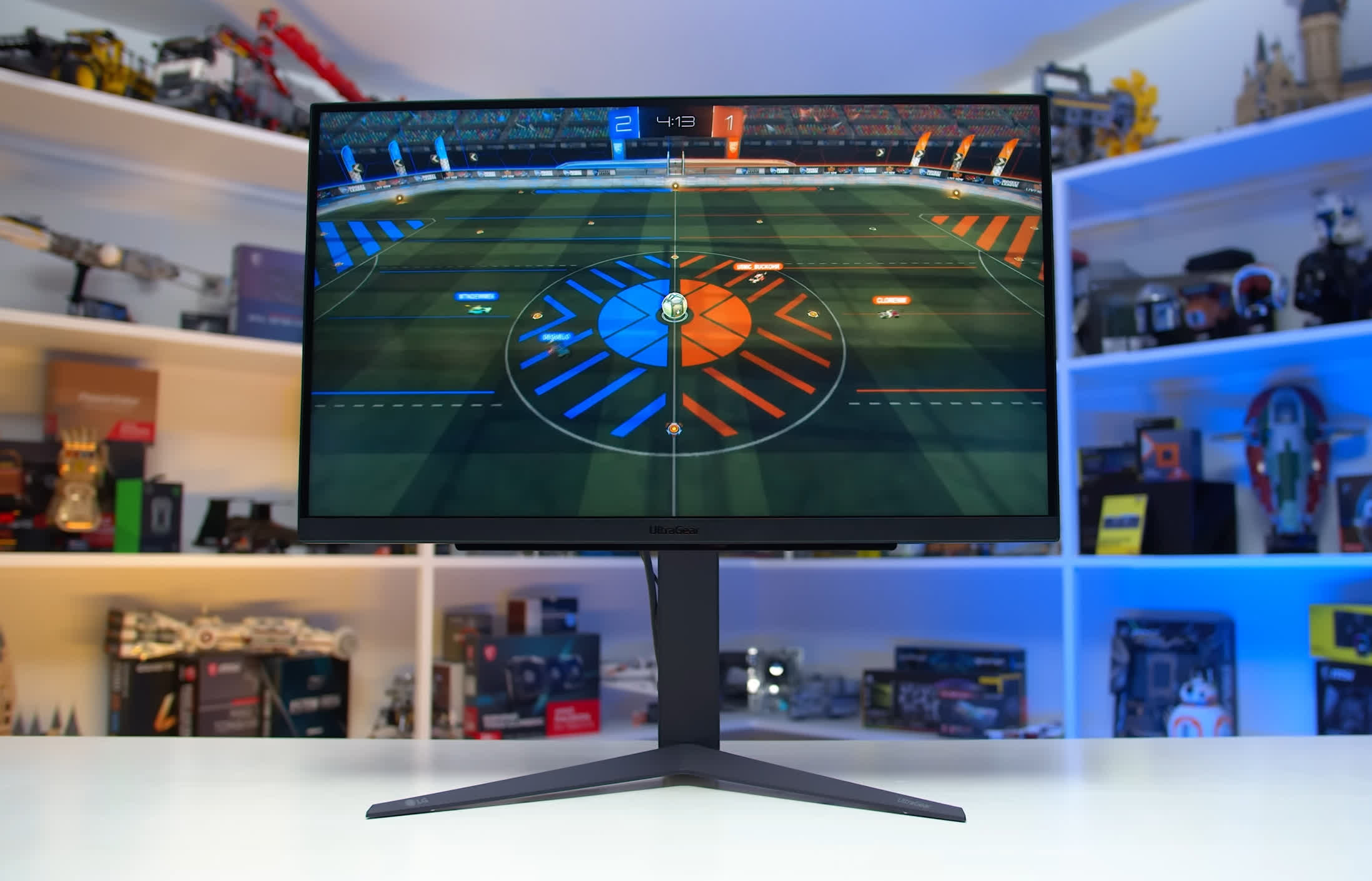
The LG 27GR83Q does enough to justify a ~10-15% price premium over the MSI G274QPX, so that’s the benchmark we’d set for a decision when looking at local pricing in your region. With that said, the G274QPX does get pretty close; it’s still a great monitor in our opinion, and areas like motion performance and color accuracy from the factory are only minor downgrades that could be hard to spot.
When not factoring in sale prices, the G274QPX can be significantly cheaper, so an MSRP vs. MSRP battle has the MSI variant well ahead in the bang-for-buck stakes. Either way you go, though, you will be getting a very good 1440p high-refresh-rate monitor with plenty of speed for all types of gaming.
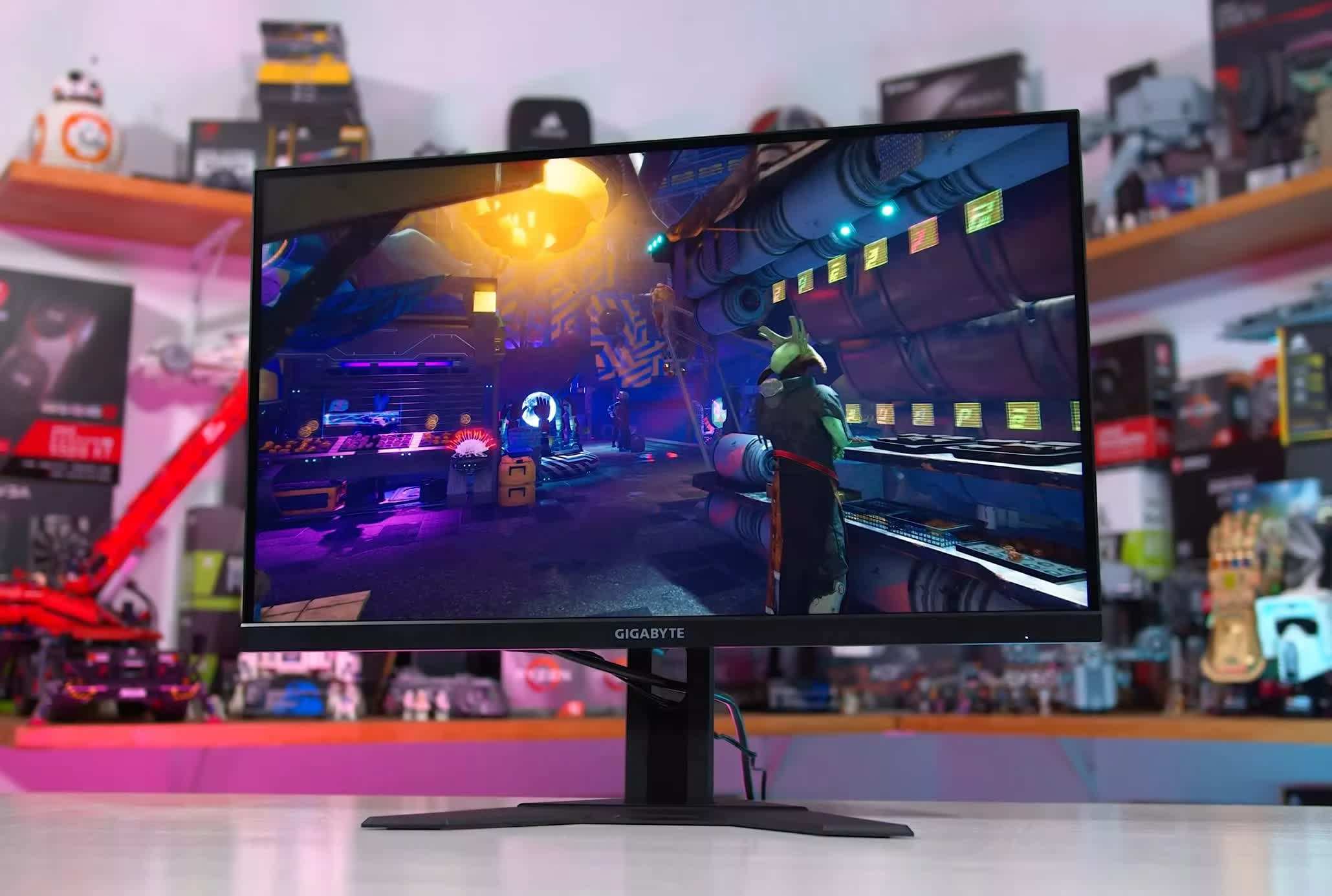
Before we had recommended the Gigabyte M27Q-X, which can be found for around $400. This is another monitor that’s worth considering as it’s pretty similar to the MSI G274QPX. In our review of the MSI model, we had both variants trading blows, with the Gigabyte a little better tuned for motion and the MSI with a wider color gamut and higher contrast ratio. Right now, the Gigabyte model is 15% more expensive in the US, which isn’t outrageous, but we’d have the MSI as the better value choice.
The budget 1440p high-refresh rate category is being squeezed on both ends at the moment. Without true HDR in these products, a lot of gamers might be better off sacrificing the higher refresh rate to get a 180Hz AOC Q27G3XMN, which also happens to be cheaper at $280. And going the other way, 240Hz OLEDs are getting cheaper and cheaper, with some models, again from AOC, dropping to as little as $650.
Now, that is still a significant price premium over the $350 to $400 LCDs we’ve just been discussing, but they are much better, and prices have been dropping consistently over the space of just a year. About a year ago or so, you were looking at $1,000 for that sort of hardware; now it’s just $650. It’s worth knowing all of that when buying into this category, especially if you are planning to keep your monitor for upwards of 5 years.
- Ad-free TechSpot experience while supporting our work
- Our promise: All reader contributions will go toward funding more content
- That means: More tech features, more benchmarks and analysis







